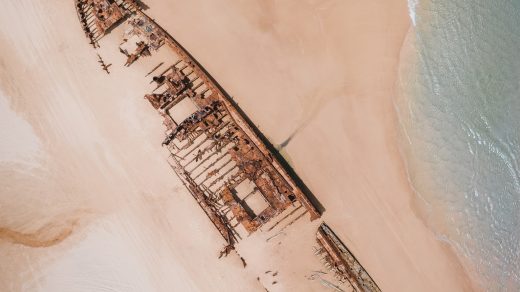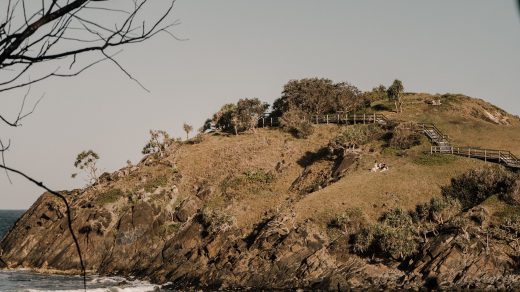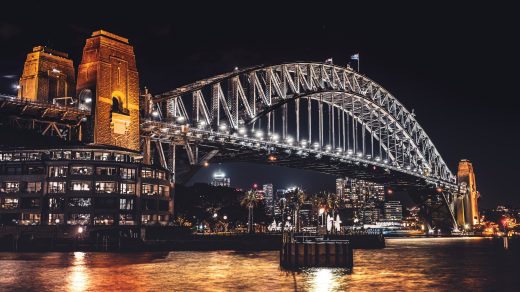Shopping for Aboriginal Artifacts Near Uluru
The Northern Territory is a land of stunning natural beauty and rich cultural heritage, and Uluru and its surrounding area are the heart of Aboriginal culture. One of the best ways to connect with the Indigenous people of Central Australia is through their art. Whether you’re looking for a small souvenir or a large museum-quality piece of Aboriginal art, there is so much to choose from.
Uluru, in the heart of Uluru-Kata Tjuta National Park, offers visitors the opportunity to learn about Aboriginal culture through art galleries and cultural centres. When you head to nearby places like Alice Springs, the art scene gets even bigger, with many Aboriginal art galleries and community art centres to experience. In this guide, we’ll show you where to shop for Aboriginal artifacts, what types of art to buy and how to make sure your purchase supports Aboriginal artists and Indigenous communities.
Aboriginal Art Meaning
For Aboriginal people, art is not just a form of expression; it’s part of their cultural DNA. Aboriginal paintings, wood carvings and fibre art are creation stories passed down through generations. These art forms are connected to the land and the cultures of the Aboriginal communities of Central Australia. Buying Aboriginal art is more than a souvenir. It’s about connecting with the stories, traditions and spiritual practices of the land’s Indigenous people.
The most well known art form of the Northern Territory Aboriginal artists is dot painting. This style of painting is synonymous with the Western Desert and features intricate patterns that represent animals, people and landmarks. But Aboriginal art is so much more than that. There’s bark painting, rock painting and fibre art each reflecting the ancient traditions of the Aboriginal communities.
Where to Buy Aboriginal Artifacts
Maruku Arts (Uluru-Kata Tjuta National Park Cultural Centre)
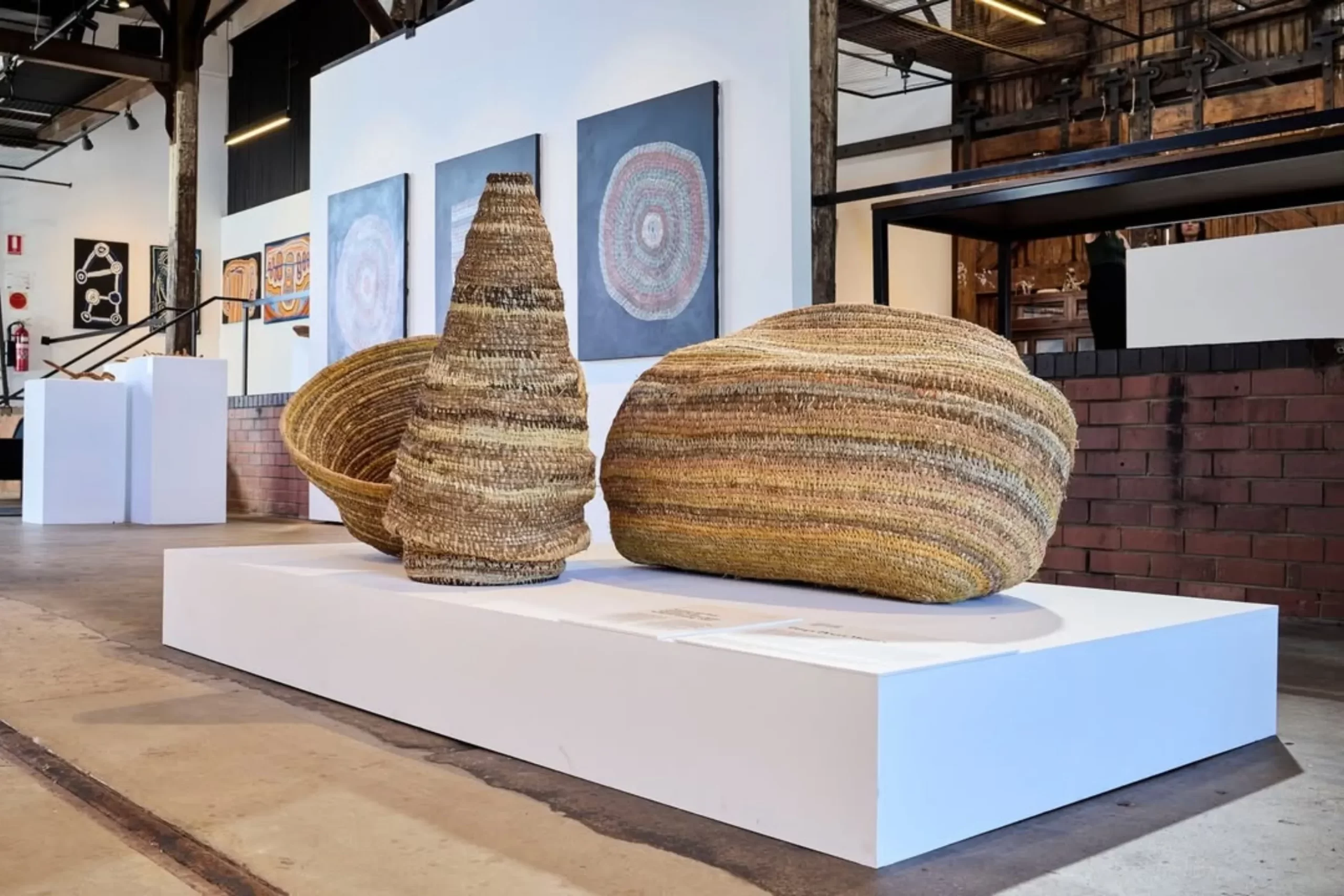
Maruku Arts is one of the most well-known Aboriginal art centres in Central Australia. Located in the middle of the Uluru-Kata Tjuta National Park at the Tjuta Cultural Centre, Maruku is a social enterprise that supports over 900 Aboriginal artists from remote communities. Maruku Arts sells traditional woodwork, including carved sculptures, boomerangs and spears, and contemporary dot paintings. Every piece has a story and is a reflection of the artist’s life.
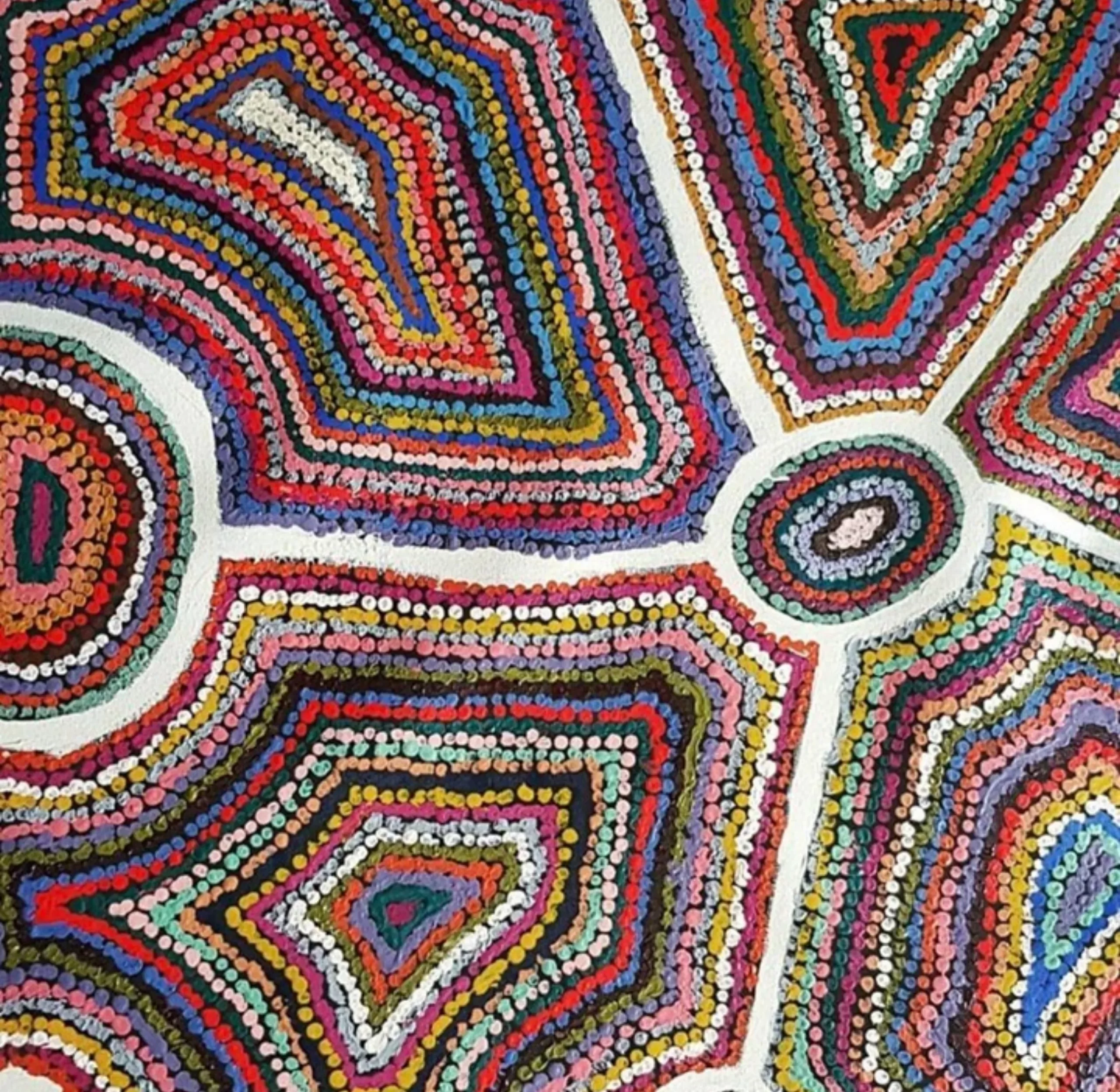
Maruku Arts is not just an art gallery; it’s a cultural centre where visitors can participate in dot painting workshops and other hands-on activities. These workshops give you an insight into the meaning behind the art and the Aboriginal culture.
Walkatjara Art Uluru (Uluru-Kata Tjuta Cultural Centre)
Walkatjara Art is an Aboriginal owned art gallery located at the Uluru-Kata Tjuta Cultural Centre. The gallery supports the local Anangu community. The gallery is famous for its amazing artworks including dot paintings and wood carvings. Every piece of Aboriginal art sold here comes with a certificate of authenticity so you know your purchase is supporting the Aboriginal community.
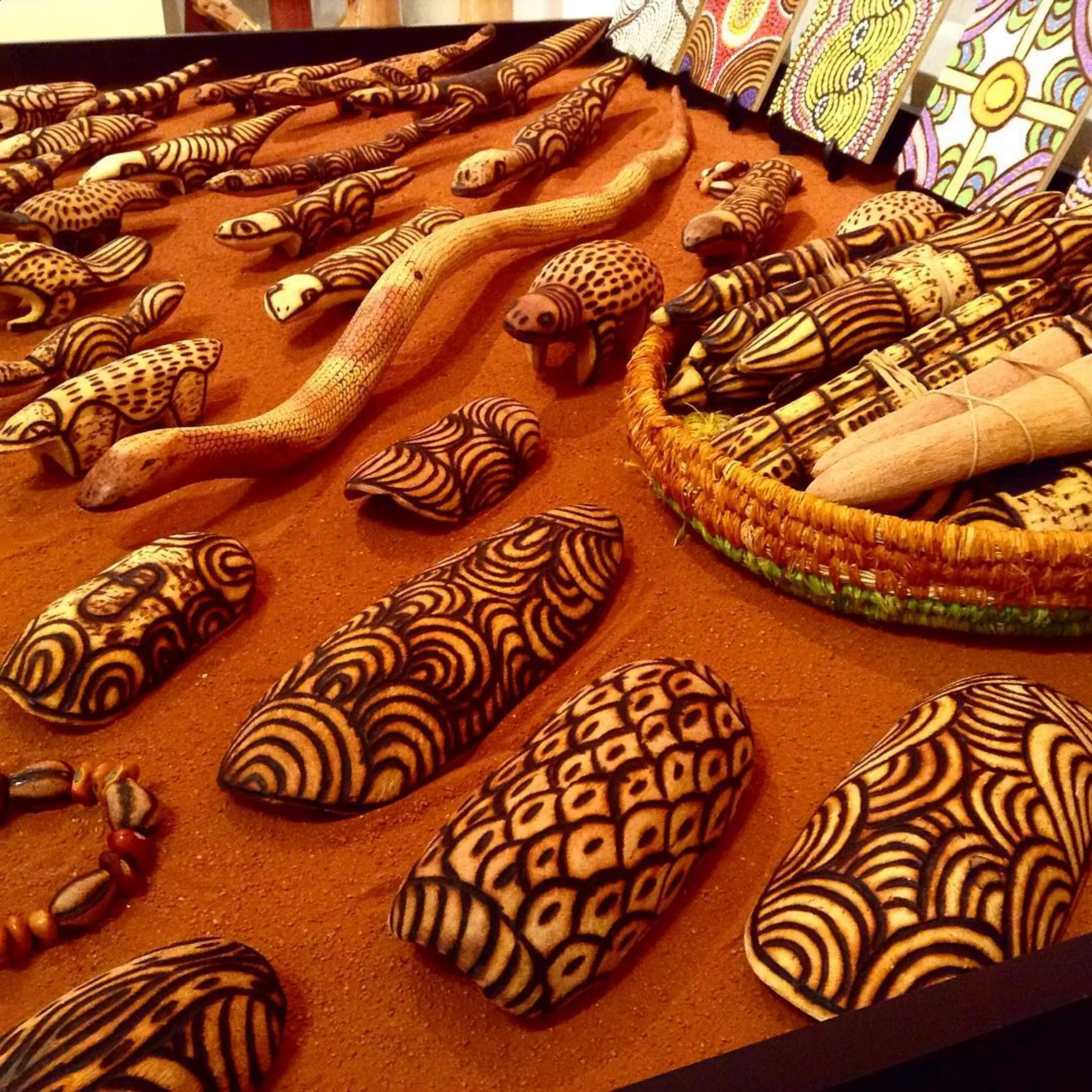
Walkatjara Art gives visitors an opportunity to learn about the many different cultures of Aboriginal people, the traditional ways of their art and the stories behind each piece of art. As well as paintings Walkatjara also has fibre art and other hand crafted items so you have plenty of choices.
Yubu Napa Art Gallery (Alice Springs)
Alice Springs is a few hour’s drive from Uluru and is home to some of the best art galleries in Central Australia. Yubu Napa is one of them, and it is famous for its wide range of Aboriginal art. The gallery has everything from contemporary dot paintings to traditional bark paintings and fibre art so that you can see the full extent of Indigenous art.
Yubu Napa promotes ethical trade and cross-cultural collaboration, so the money from every sale goes directly to the artist and their community. If you’re looking to buy artwork for a permanent collection, this gallery has some of the best pieces by Western Desert artists.
Tjanpi Desert Weavers (Alice Springs)
Another Alice Springs treasure is Tjanpi Desert Weavers, a social enterprise run by the Women’s Council, which focuses on fibre art by Aboriginal women from remote communities. The artists weave baskets, sculptures and other pieces that reflect the traditional forms of Aboriginal art. Tjanpi Desert Weavers artworks are beautiful and also a testament to the power of art for Aboriginal women.
When you buy Aboriginal art at Tjanpi Desert Weavers, you are supporting ethical trade and community development so these women can keep their traditions alive and support their families. Each piece comes with a certificate of authenticity and a story about the artwork.
Tangentyere Artists (Alice Springs)
In Alice Springs, Tangentyere Artists is a well respected Aboriginal art gallery famous for its dot paintings and fibre art. The gallery is part of a larger initiative that supports Indigenous communities through cross cultural collaboration and sustainable business. Tangentyere Artists also has an Artist in Residence program so you can meet the artists and hear about their process.
This gallery has a wide range of Indigenous artworks, both traditional and contemporary. Whether you are looking for a small souvenir or a big statement piece for your home, Tangentyere Artists has something for everyone.
Aboriginal Artifacts to Buy
1. Dot Paintings
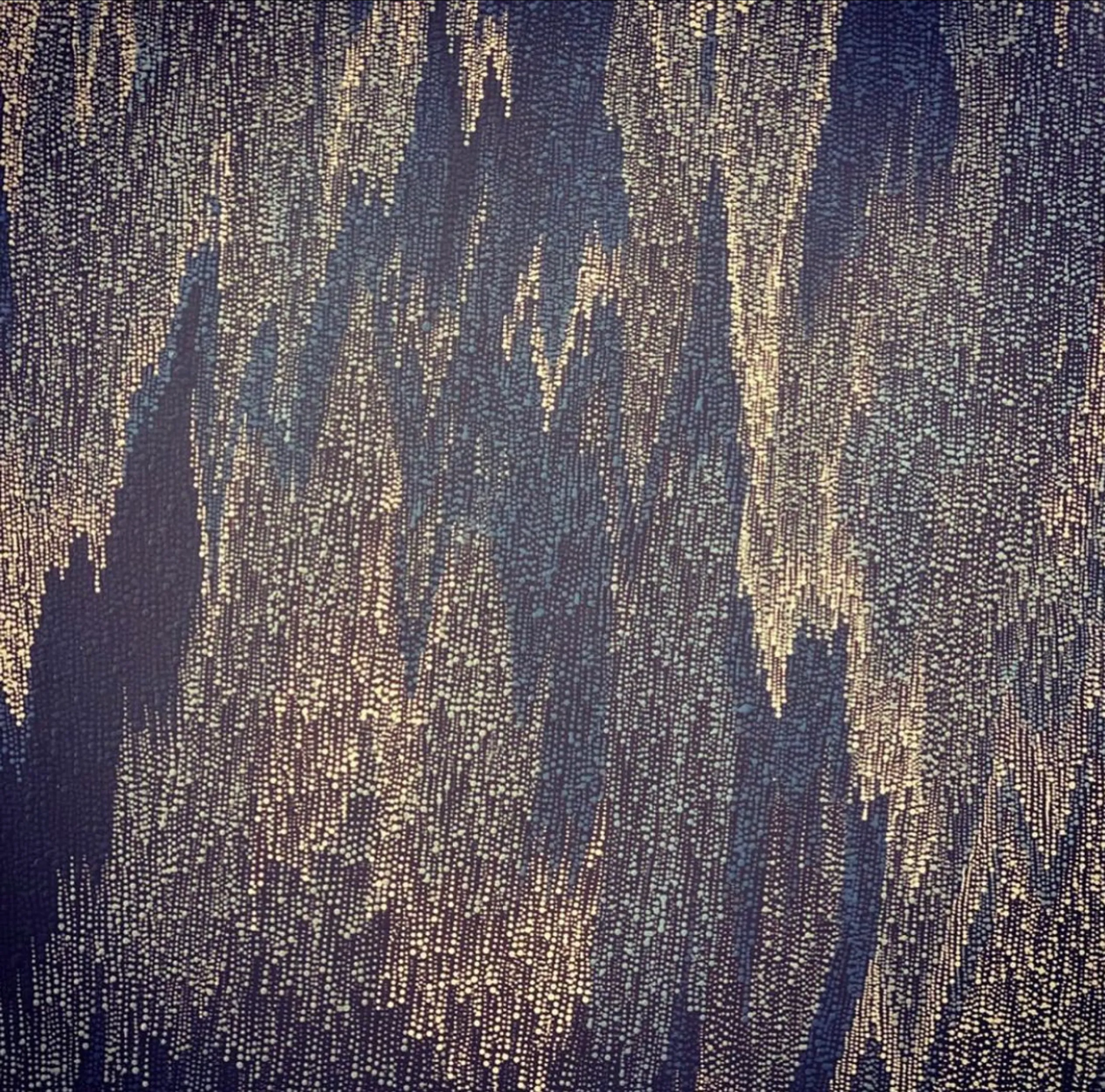
Dot paintings are one of the most well-known and popular forms of Aboriginal art. From the Western Desert, dot paintings use a style of painting that involves creating patterns and symbols using dots of paint. These paintings often depict old Tjukurpa stories and are full of cultural and spiritual meaning. Many galleries, including Walkatjara Art and Maruku Arts, offer workshops where you can try your hand at making your own dot painting.
2. Wooden Carvings
Wooden carvings are another form of Aboriginal art. These pieces often depict traditional tools like boomerangs and spears and animals and totems. Carvings can be found in galleries like Maruku Art Gallery and at the gift shop in the Desert Gardens Hotel. These wooden carvings reflect the artist’s connection to the land and are often used in ceremonies and other cultural practices.
3. Bark Paintings
Bark paintings are a traditional art form that has been done by Aboriginal people for thousands of years. These paintings are made by applying natural pigments to strips of bark from eucalyptus trees. The style of painting used in bark art often tells creation stories and depicts the natural world, animals and landscapes. Galleries like Mbantua Gallery in Alice Springs and Birrunga Gallery have a large range of bark paintings.
4. Fibre Art
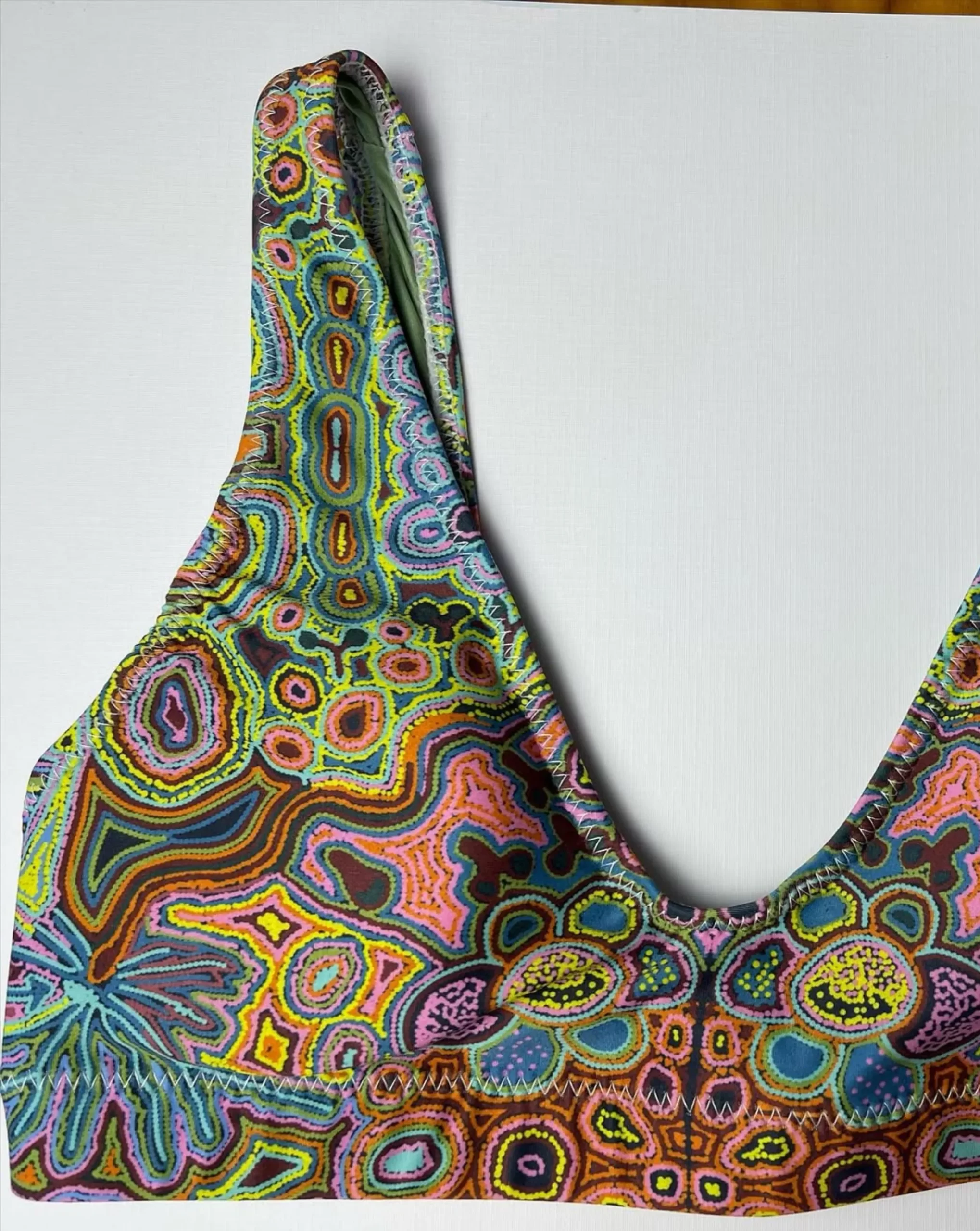
Fibre art, like woven baskets, sculptures and tea towels, is another traditional art form done by Aboriginal women. This tradition goes back centuries and is an important part of Aboriginal culture that many Uluru tours showcase. Tjanpi Desert Weavers in Alice Springs has a wide range of fibre art from women from Indigenous communities across Central Australia, which you can visit on an Alice Springs to Uluru tour. Each piece of fibre art is one of a kind and reflects the artist’s connection to the land and their culture.
How to Buy Ethically and Authentically Buying Aboriginal art is a great way to support Aboriginal artists and their communities, and the best Uluru tours often include visits to authentic art centers. Here are a few tips for your Uluru trips.
Buy from Indigenous Owned Galleries: When possible buy from 100% Aboriginal owned and operated galleries such as Maruku Arts Aboriginal Art Centre or Walkatjara Art Uluru. Many tours Uluru offers include stops at these galleries, ensuring the profits go back to the artist and their community.
Look for a Certificate of Authenticity: Many galleries such as Tjuta National Park Cultural Centre and Tangentyere Artists provide a certificate of authenticity with each piece of art. This means your purchase is a genuine Aboriginal art work created by an Indigenous artist.
Support Social Enterprises: Galleries like Tjanpi Desert Weavers and Maruku Arts are social enterprises that support Indigenous artists from remote communities. By buying from these galleries, you are supporting the next generation of Aboriginal artists.
Ask about the Dreaming: Every piece of Aboriginal art has a Dreaming story behind it. Ask the gallery staff about the meaning and cultural importance of the piece you are interested in.
FAQ
Can I buy Aboriginal art near Uluru?
Yes you can buy Aboriginal art near Uluru as long as you buy from reputable places like Maruku Arts or Walkatjara Art. They work directly with the artists and all pieces come with a certificate of authenticity.
How do I know the Aboriginal art I’m buying is real?
Always look for a certificate of authenticity from the gallery. Reputable galleries like Walkatjara Art and Maruku Arts provide these with each piece.
What kind of Aboriginal art is near Uluru?
You can find all sorts of Aboriginal art near Uluru including dot paintings, wooden carvings, bark paintings and fibre art. Galleries and cultural centres like Maruku Arts and the Uluru-Kata Tjuta Cultural Centre have a wide range of these artworks.
Are there any workshops or experiences where I can learn more about Aboriginal art near Uluru?
Yes many of the art centres and galleries near Uluru offer workshops. For example Maruku Arts at the Tjuta National Park Cultural Centre do dot painting workshops where you can learn directly from the Aboriginal artists. These workshops are hands on and give you the opportunity to learn the traditional techniques and understand the cultural significance of Aboriginal art.
Can I buy Aboriginal art online if I can’t get to Uluru or Alice Springs?
Yes, many Aboriginal art galleries, including Maruku Arts and Mbantua Gallery, have online shops where you can buy Aboriginal art. Buying online is a good option if you can’t get there in person, but make sure you buy from reputable places that provide a certificate of authenticity with your purchase.
